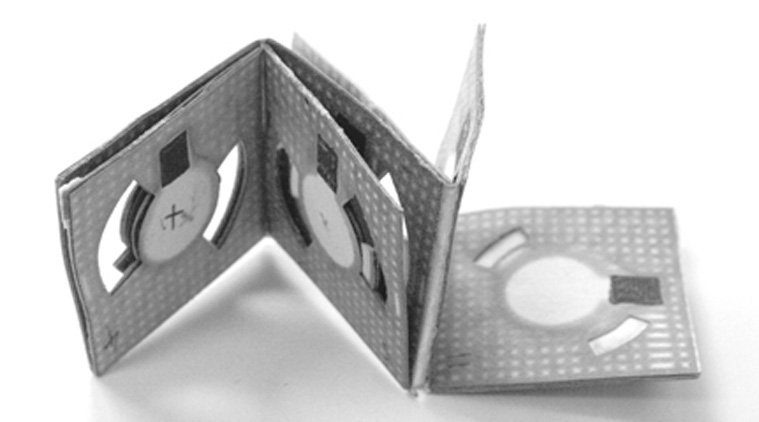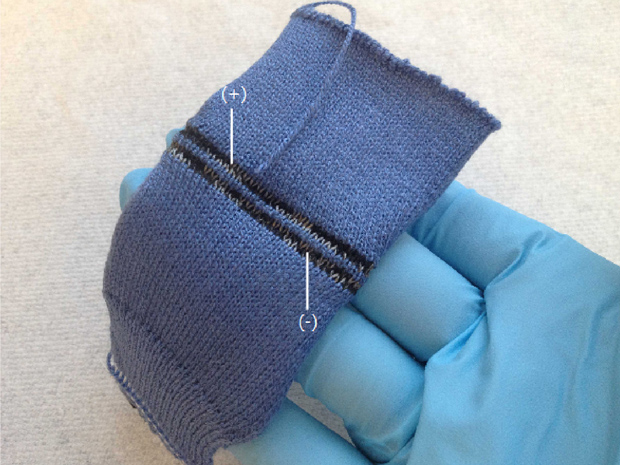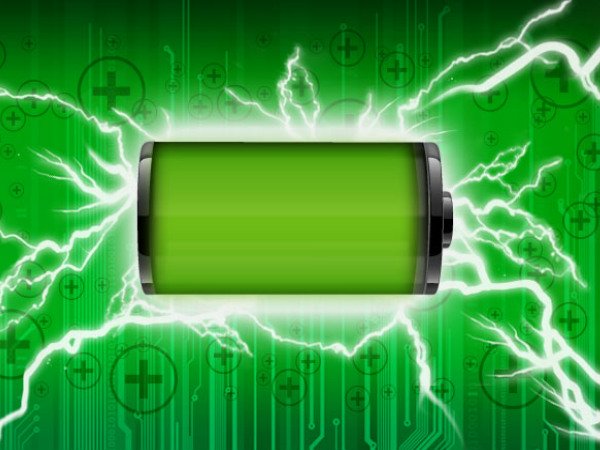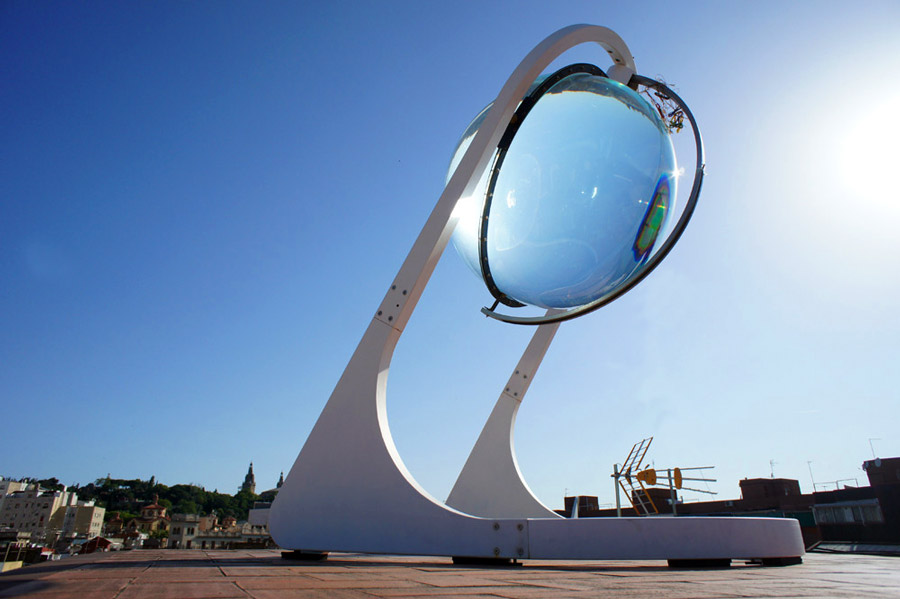
The nature has always been the followed model for bringing inventions into the reality. Now the ancient Japanese traditional art of origami inspired researchers from Binghamton University to create a small and strong device, a paper battery.
The paper battery was developed by Seokheun Sean Choi one engineer researcher in the team and is folded into a size of a matchbox and hilarious runs on a bacteria provided by dirty water. Due to Origami art the inventors succeeded to create three – dimensional, stackable paper battery structure which can provide more energy than a bi-dimensional one.
The process of producing energy is quite simple: the paper battery harvest energy from the microbial respiration of bacteria that can run a biosensor using just a drop of dirty water. This dirty water contains a lot of organic matter and is a good source of bacterial metabolism. This paper battery is very cheap, not more than 5 dollar cents, and is made by only paper, inexpensive cathodes and anodes and the dirty water.
This type of origami paper battery can have great applicability most in the developing areas where it could power biosensors for disease testing. Paper is cheap, biodegradable and more than that this case is no necessary to have external pumps because paper sucks up a solution through its capillary force.
The paper battery use an air breathing cathode made with nickel sprayed onto paper and the anode is screen printed with carbon paints and repels water with its wax boundaries. The waste dirty water could come from a variety of sources including: local wastewater, biomass or watersheds.
In opposition with the simplicity of the model and the very good positive attention of the scientific circles the paper biosensor need to be paired a hand held device for analysis. Research team wants to create a fully self powered system of paper batteries. To reach this goal they have received a $300,000 grant from the US National Science Foundation. Now the research activity could continue.



